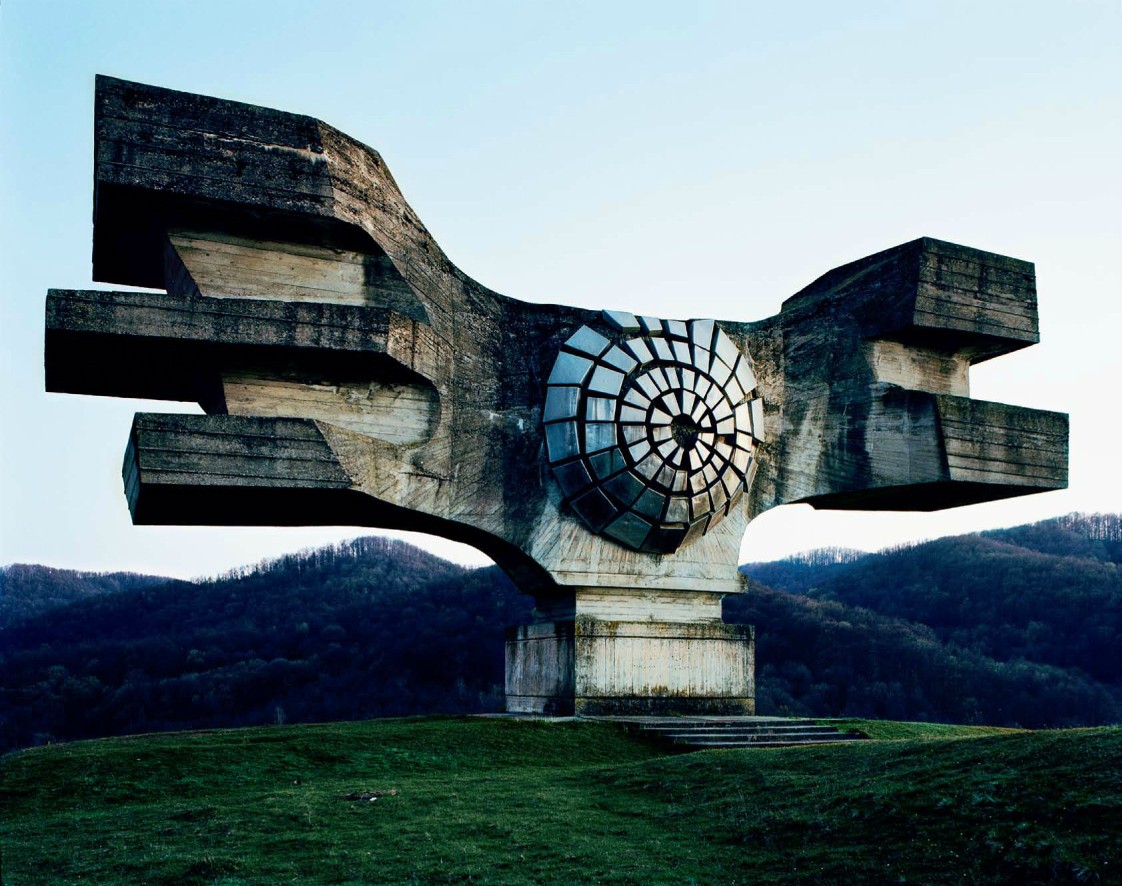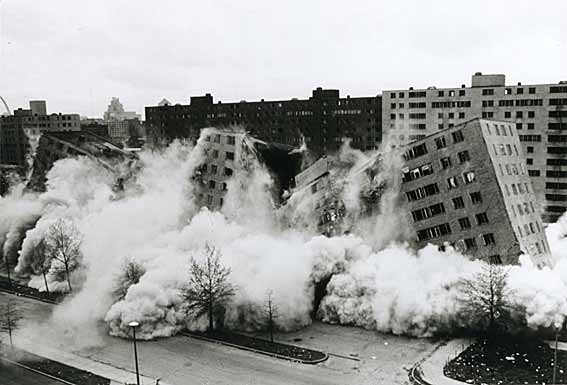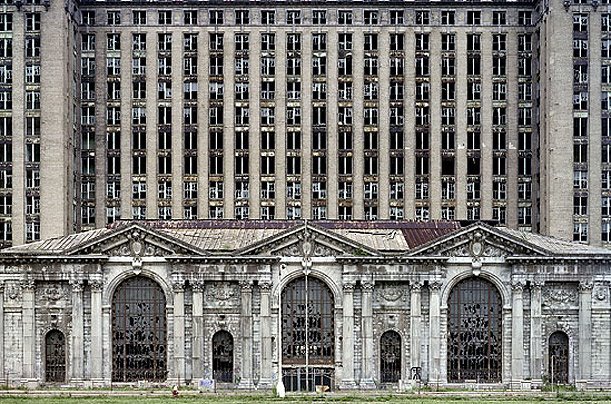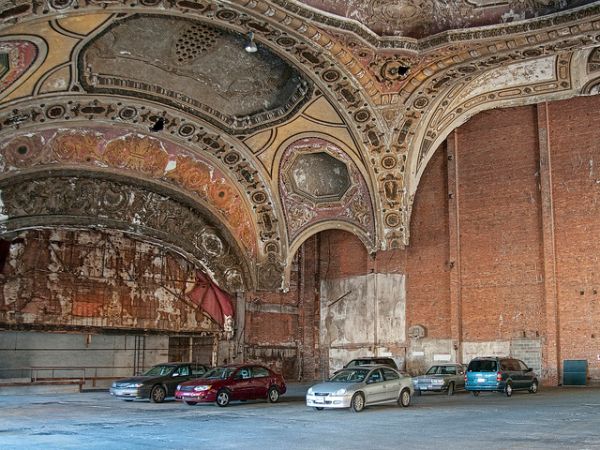British Columbia-based photographer Owen Perry (known as circa_1983 on Instagram) presents the world to us in a way that makes our slumberous pre-dream fantasies of nature's calm come to life, available for us to view with rested eyes and tranquility the next morning.
I've followed Owen on Instagram for quite a while and his photos continually blow me away. A web designer and interactive art director by trade, he spends much of his time traversing mountaintops and offering us a glimpse at a world we never get to see past the offices and highways we've grown accustomed to.
On top of that, he's a really nice dude and graciously offered me a bit of his time for a brief Q&A session about his work, social media, and even space travel:
ZP: The majority of your photography work revolves around nature, with some describing it as having a vintage early-1970s National Geographic vibe. What is it about these vast landscapes that draws you in?
OP: To be honest, I've always shot and edited my photos in a way that invokes a personal response. To a certain extent this is due to the influence that certain analogue television programs had on me growing up. The Nature of Things and NFB documentaries from the 1960s through the 1990s invoke great nostalgia which is undoubtedly seen in my work.
ZP : The simplistic nature of your web design portfolio translates directly to the style of your photographs. Are there any unique photo processing techniques that you use, or do you prefer to just let the image speak for itself without much editing?
OP: A well-composed photo with great light shouldn't require a massive amount of editing, and I've always sort of stuck with that philosophy when it comes to taking photos or working with software. That said, my personal editing style arises from digital film emulation software from companies like VSCO. Without those guys -- and Lightroom -- it wouldn't be possible, outside of shooting film itself, to achieve a lot of the unique tone mixes you see in my work. While I use VSCO Film and Lightroom for DSLR shots, all my iPhone photos are edited on the iPhone with software like Snapseed, PicFX, Afterlight and VSCO Cam.
ZP: Where do you shoot the majority of your work, and is there a location you've been dying to visit?
OP: I'm shooting a majority of my work in British Columbia, and primarily Whistler. Dream location? I'd love to shoot an adventure to the North Pole or Baffin Island one day, but Patagonia and Chile are somewhere I'm planning to visit soon.
ZP : How has social media impacted the development of both your skills and your exposure as an artist?
OP : Instagram has played a huge role. While you wouldn't know it based on what's 'popular', there's a whole community of immensely talented photographers who provide me constant inspiration and instant feedback on new work. Facebook and Twitter are of less importance to me at the moment, but I'm looking to increase my exposure through both of them moving forward.
ZP : This might seem a bit far out, but let's say that a civilian space program is organized within the next decade. How inclined would you be to visit and photograph the moon first-hand?
OP : Yeah. I'd do that in a heartbeat if I had the financial capability. Spaceflight and scientific exploration are big influences on my imagination. All astronauts are heroes in my opinion.
ZP : What is the single coolest thing that has happened to you as a designer / photographer?
OP : Man... single coolest thing might be tough. I suppose being asked to contribute to the ISO50 blog is one. I've always looked up to those guys and followed Tycho's music for years, but the thought of actually getting to contribute was never a realistic consideration. Getting to work with amazing companies like Sherpas Cinema and Pacific Wild are also really lucky opportunities that come from my design and photography. In the end I guess it's all about the people you get to meet and collaborate with that matters most to me.
Check out a few of my favorite circa_1983 Instagrams below, and check out his awesome portfolio when you get a moment.









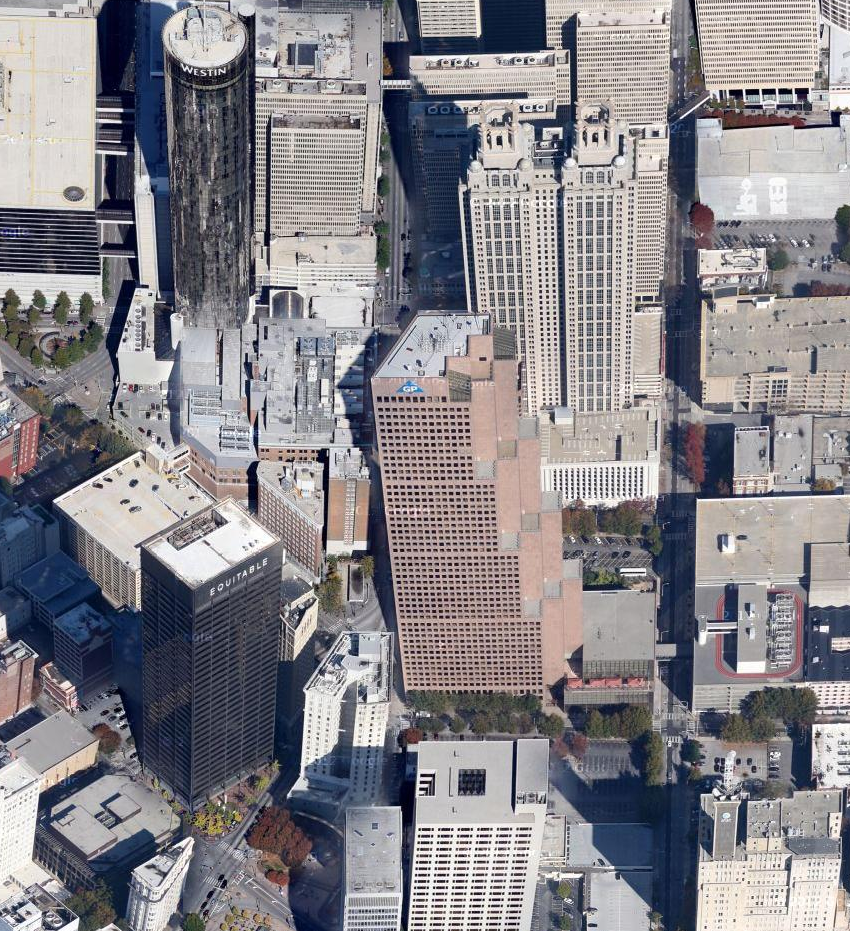
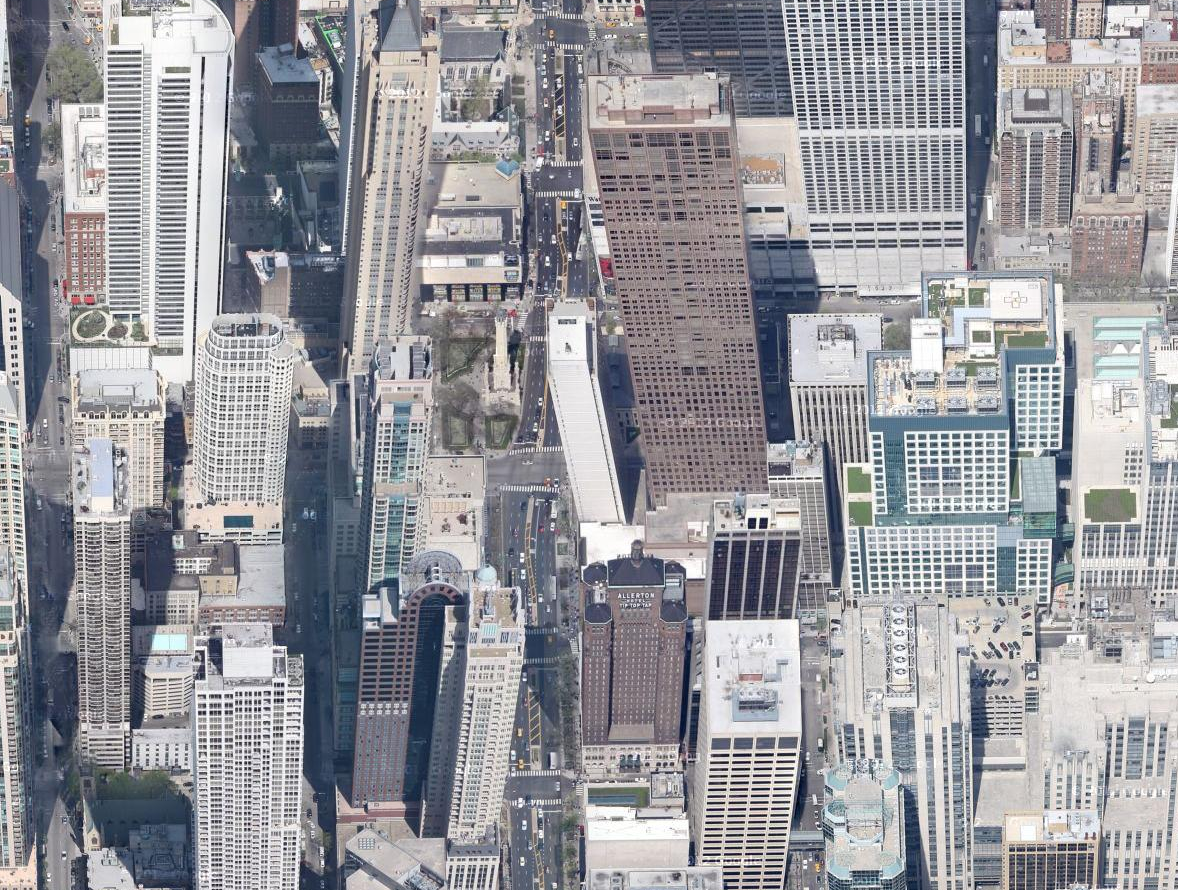


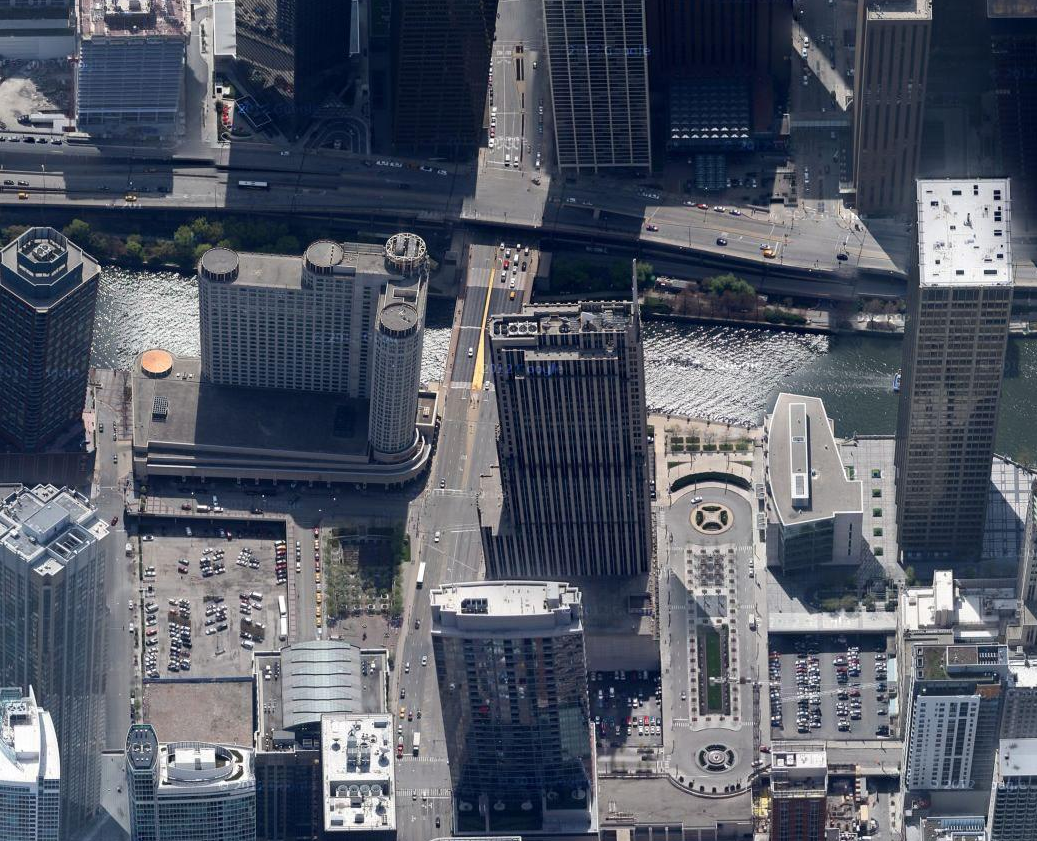
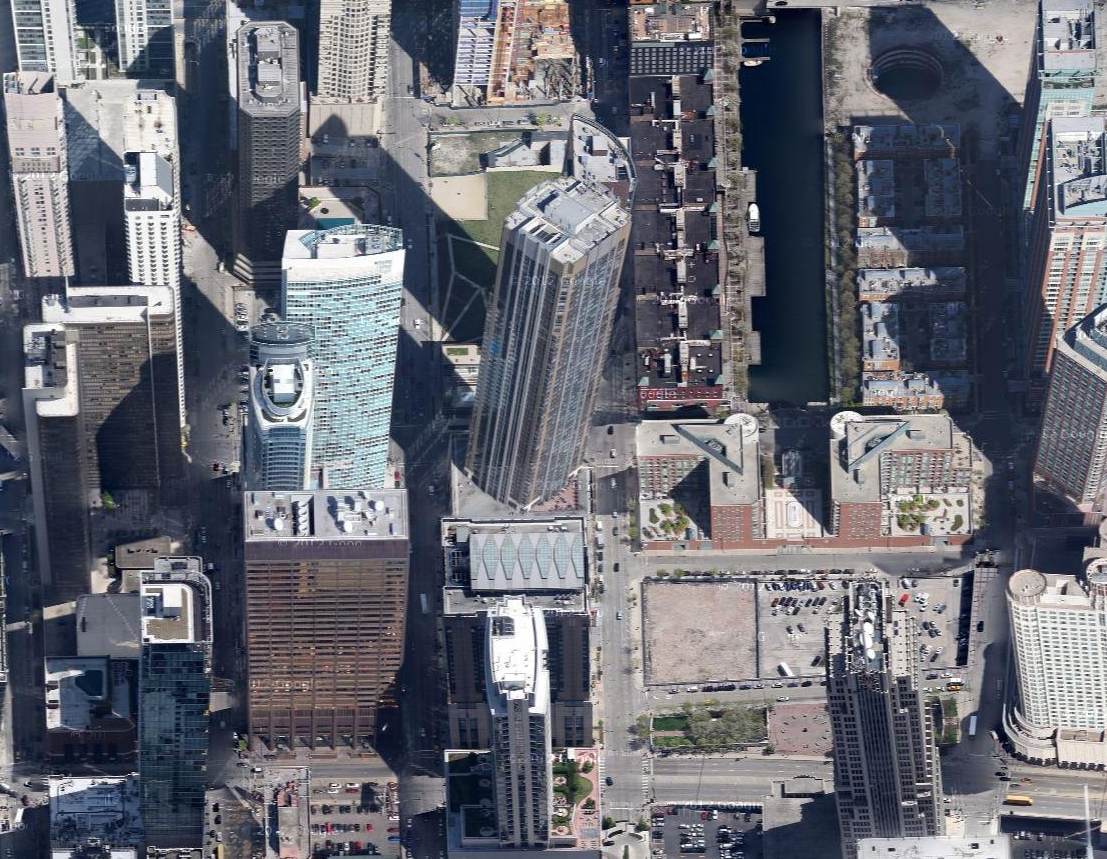
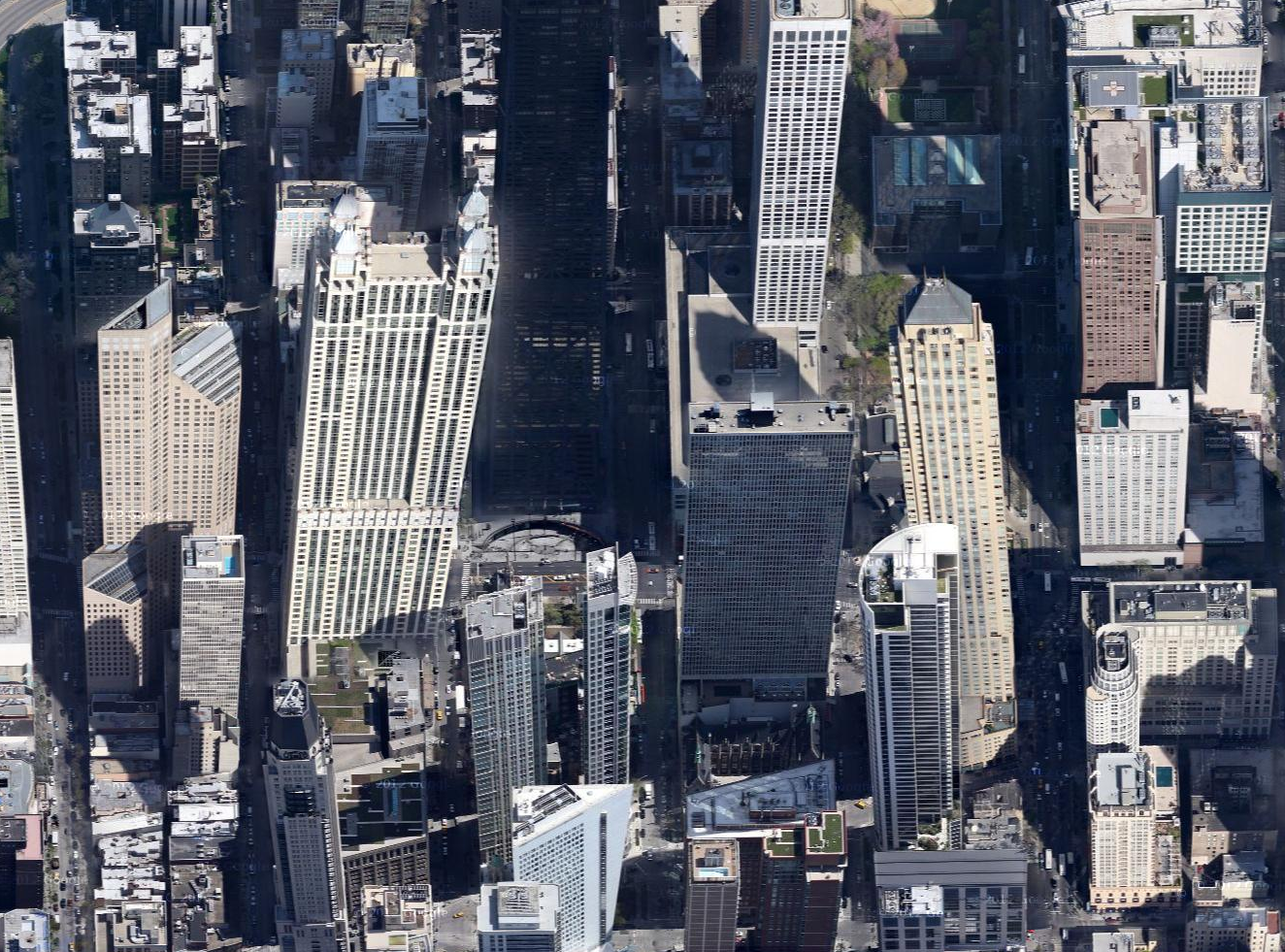
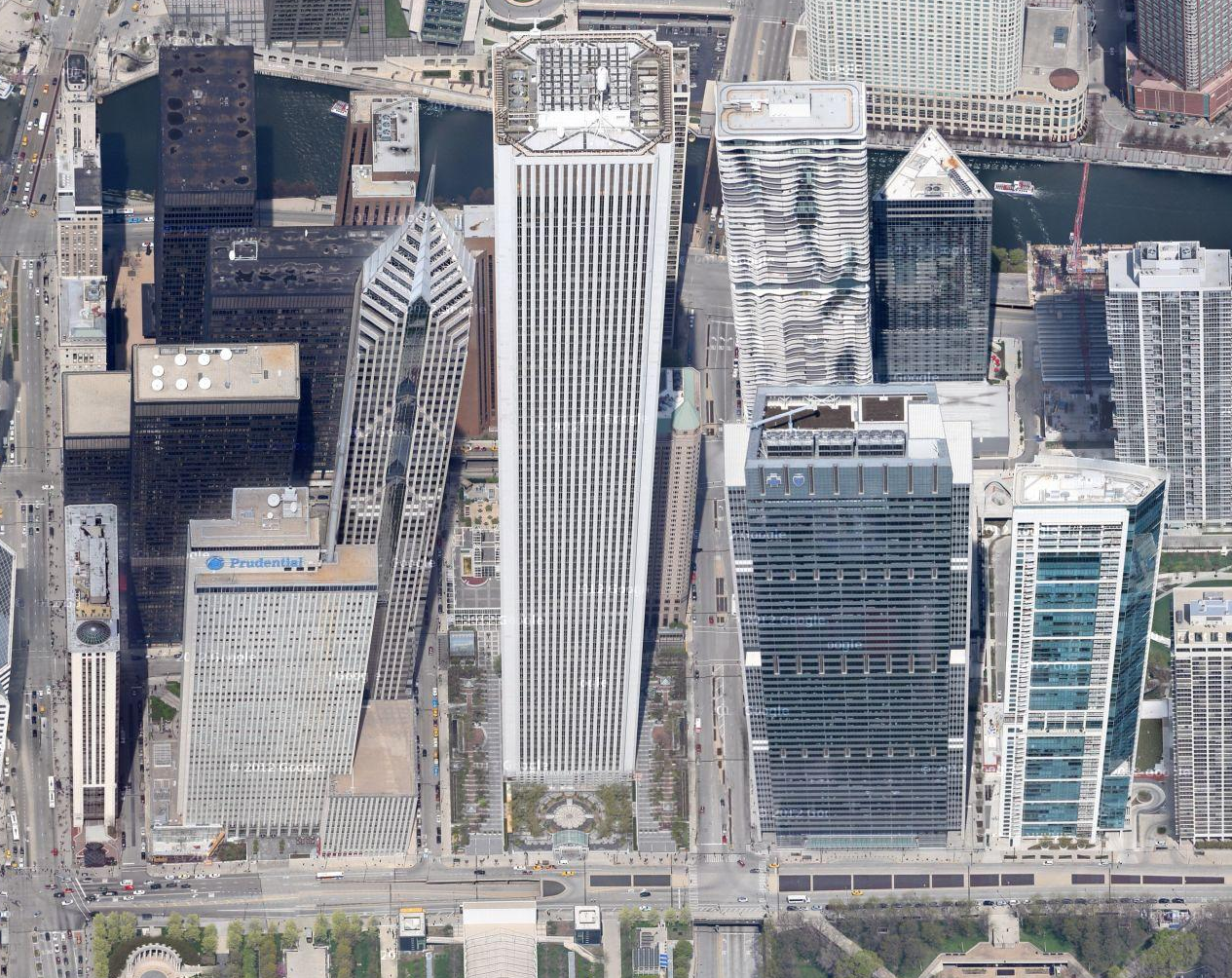
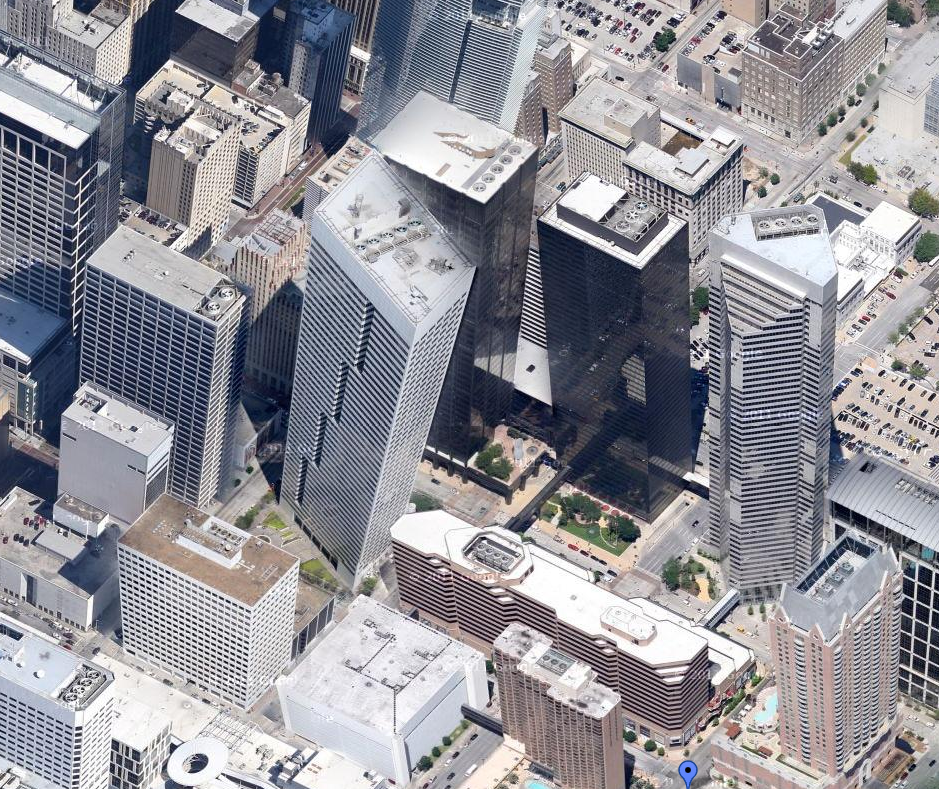
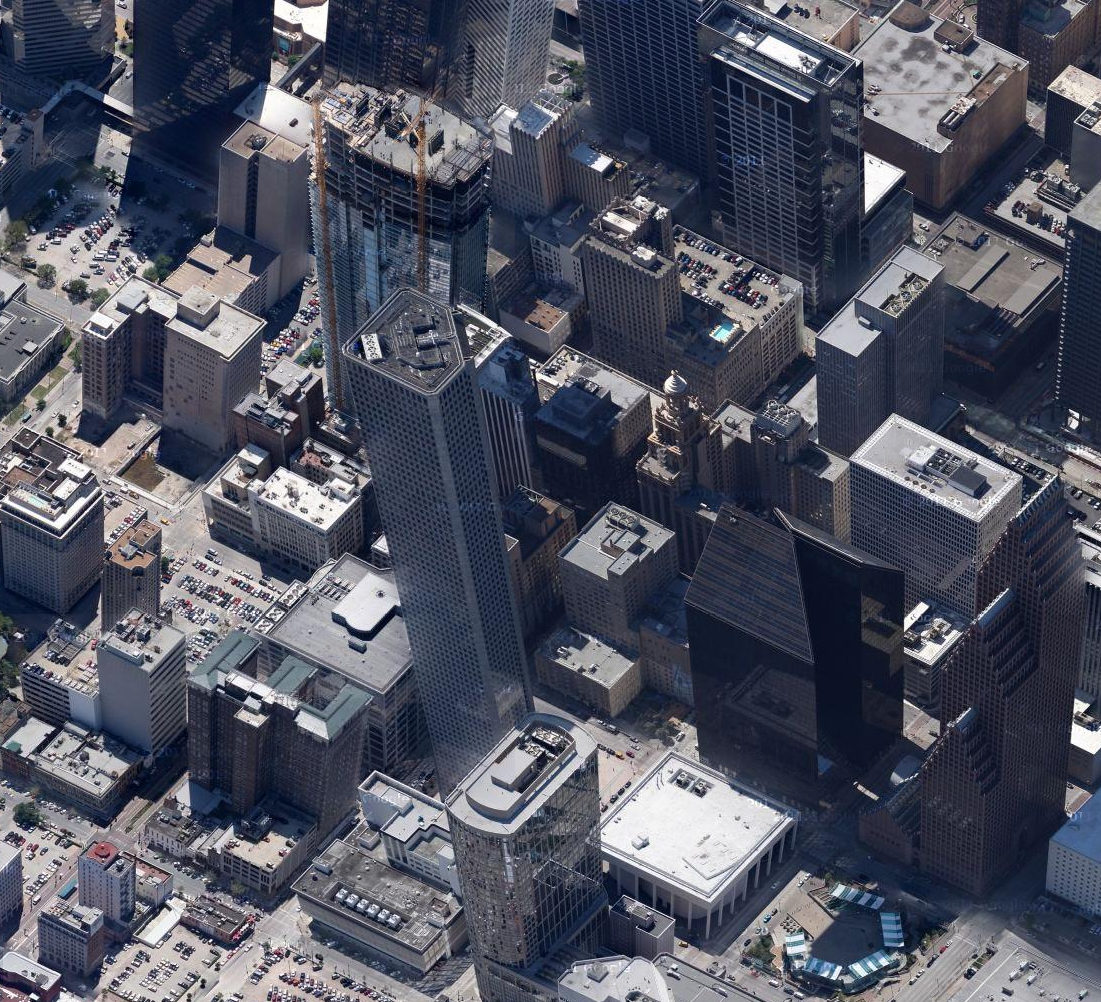
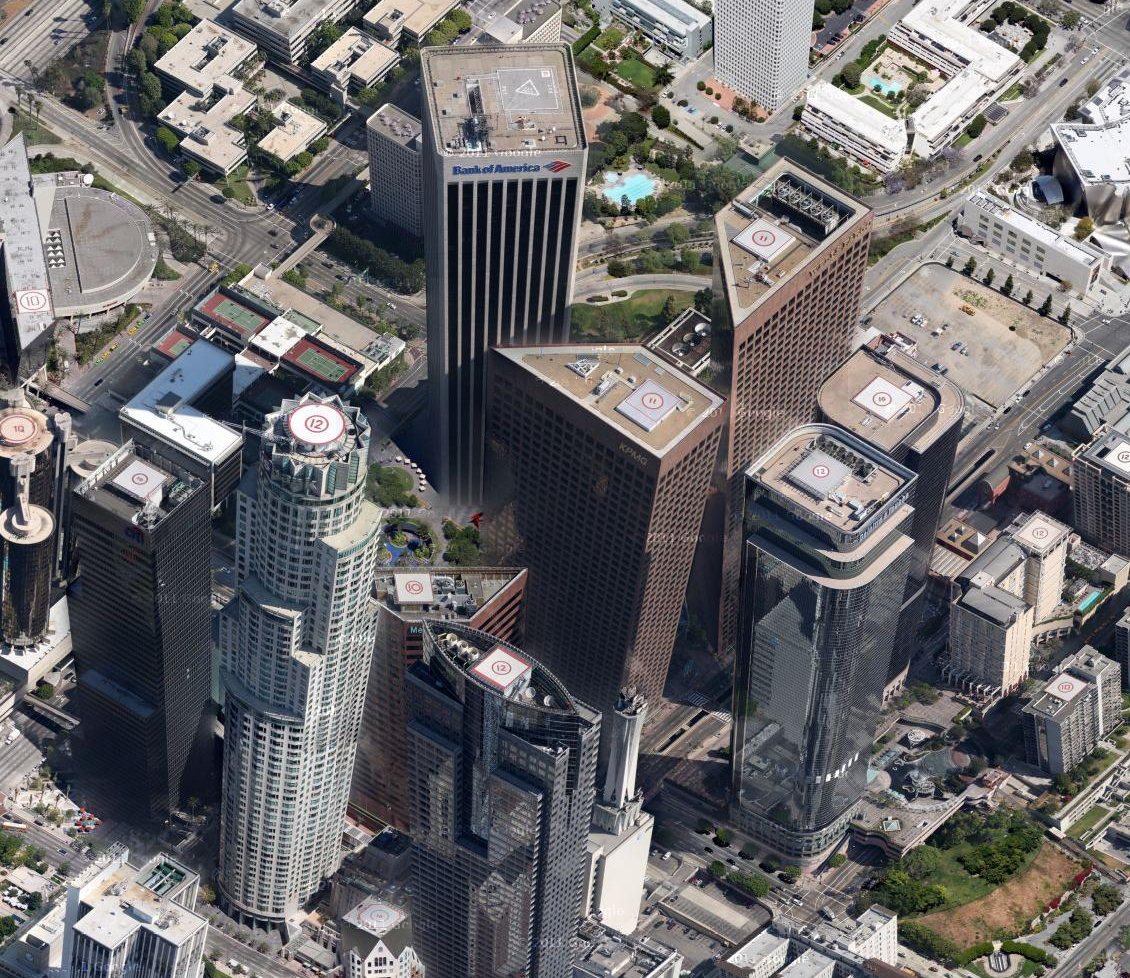
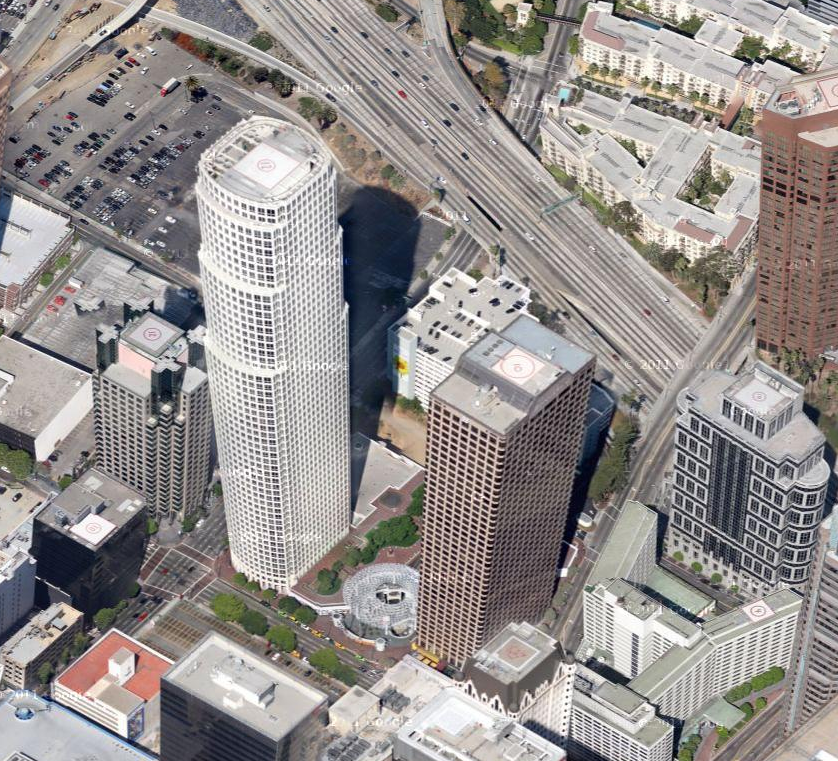
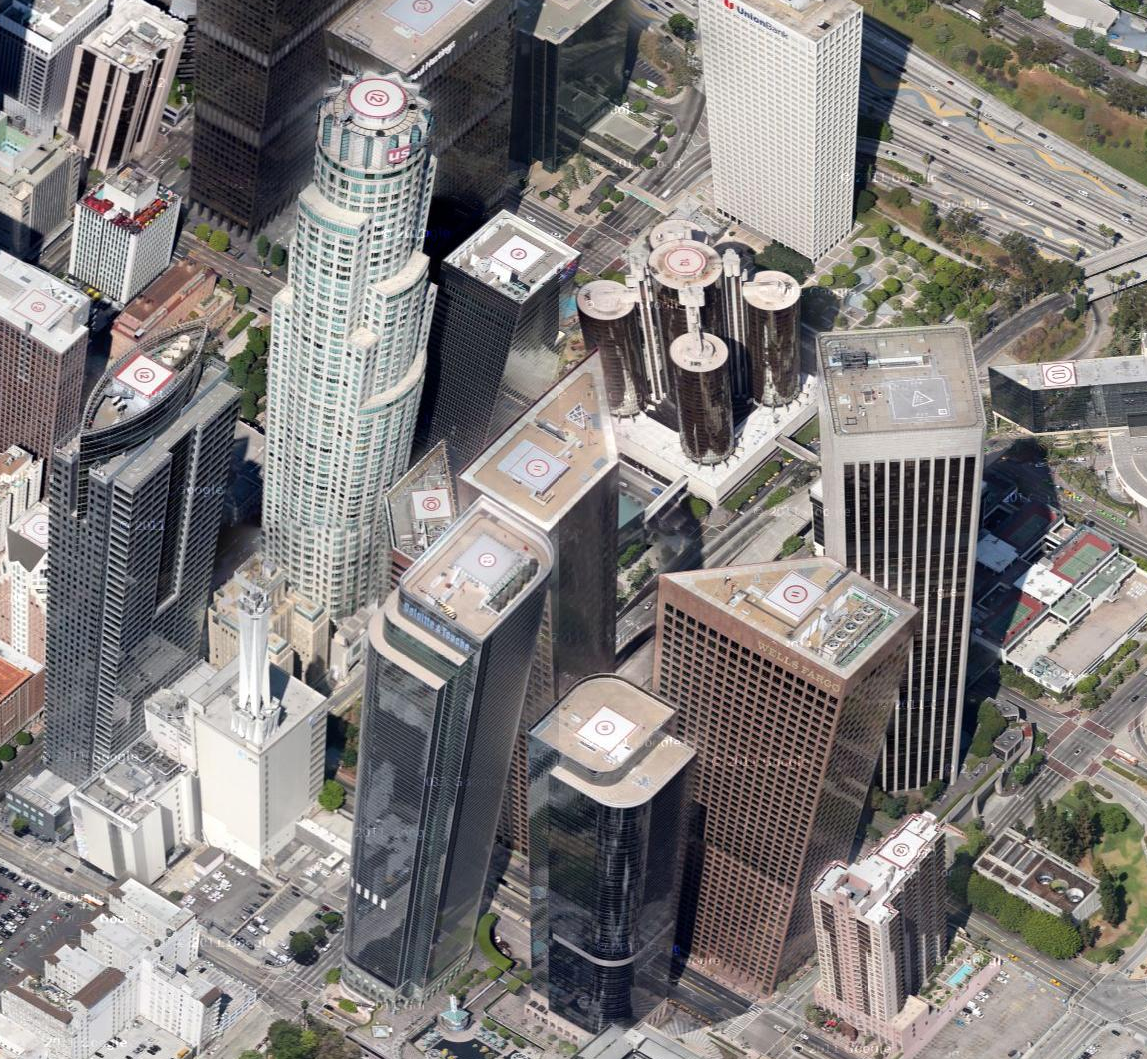
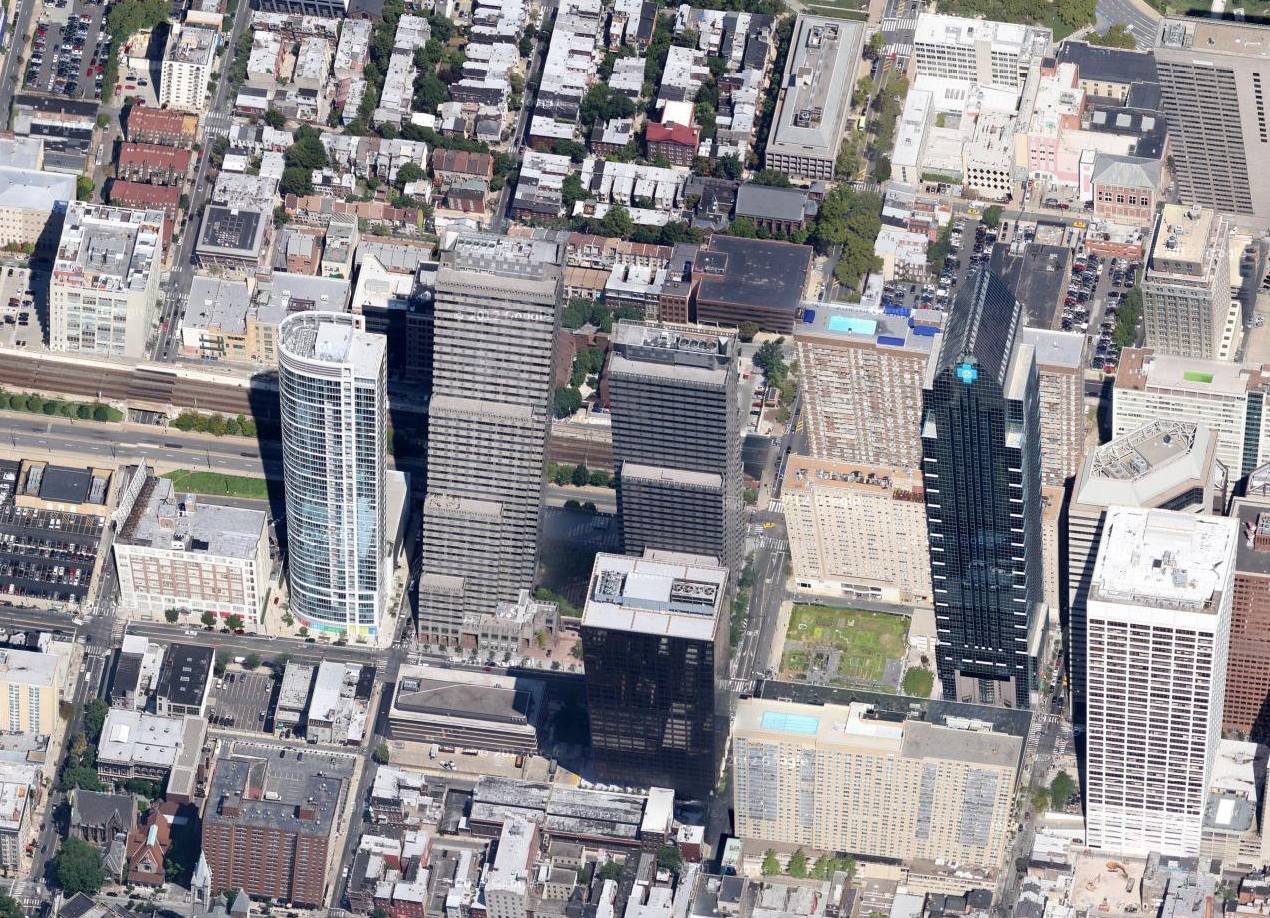
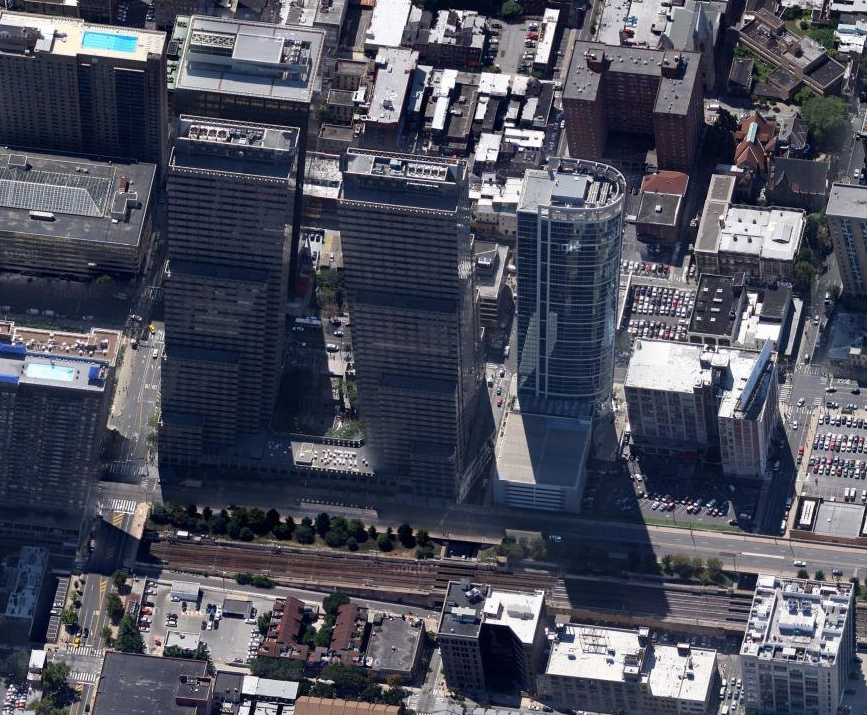

![[Proposed length of Second Avenue subway, 2013]](https://images.squarespace-cdn.com/content/v1/5161c548e4b0f29c92648982/1369335001324-GEKLIHEYN3QDYZHEB7NE/2AveSubway+copy.jpg)
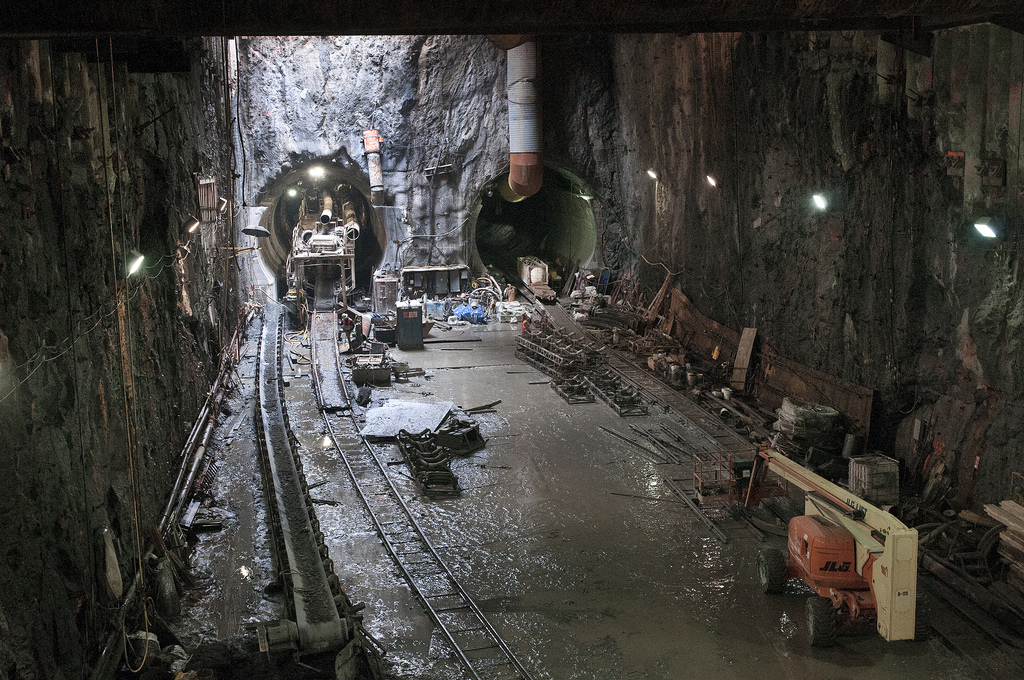
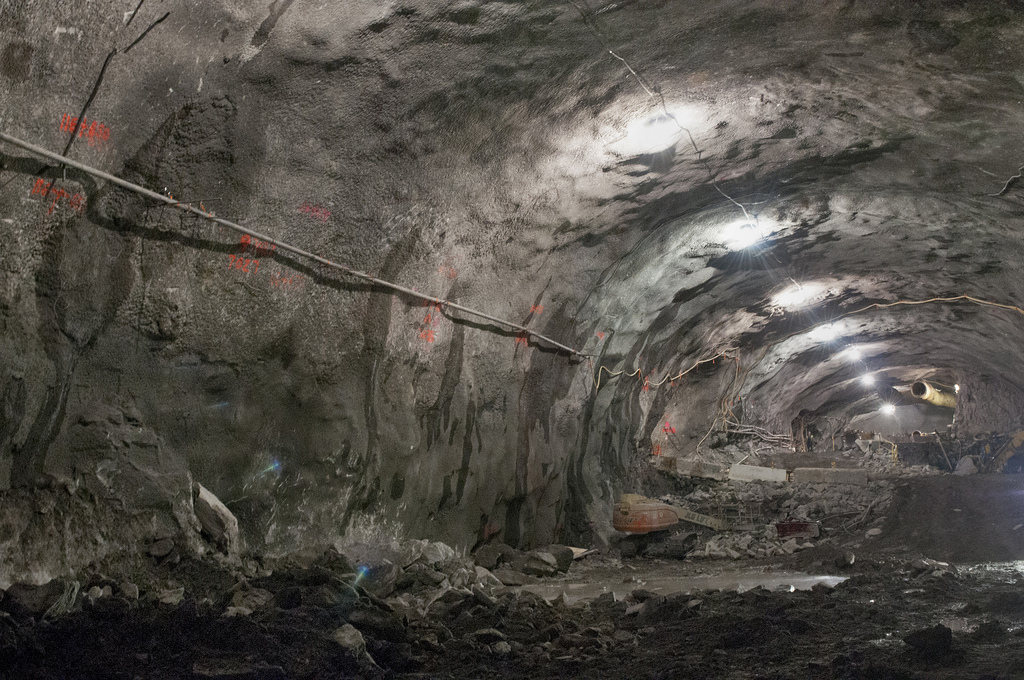
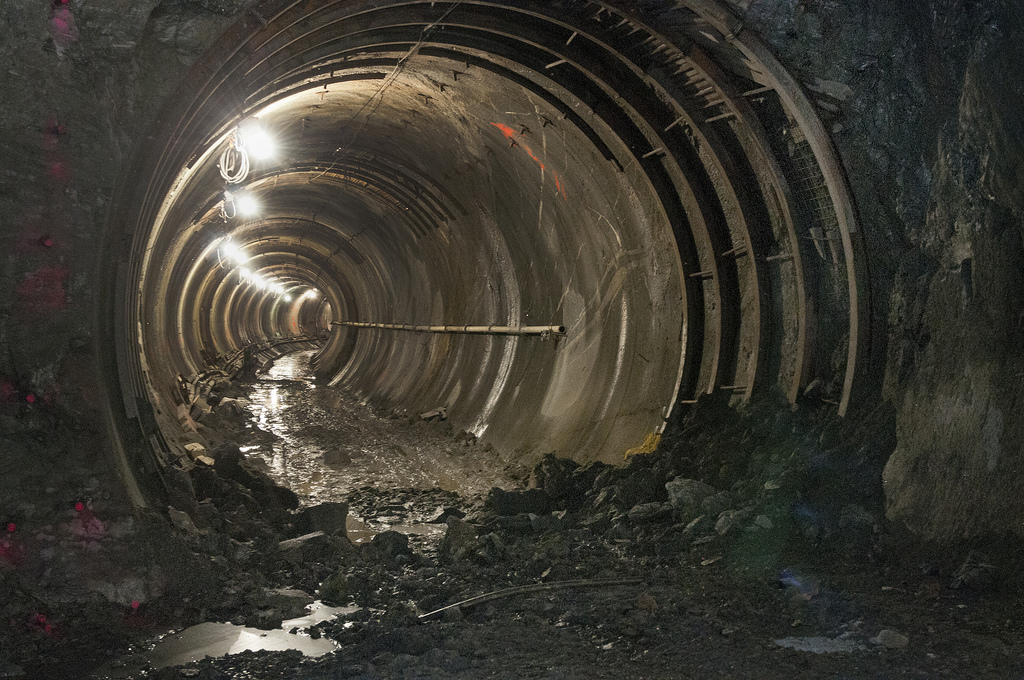
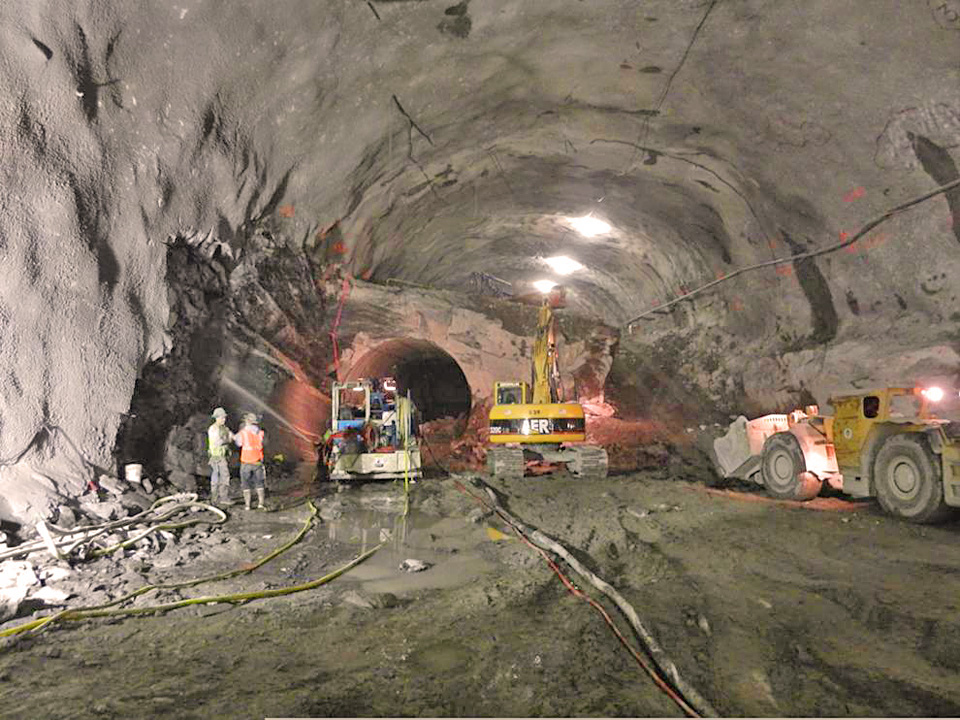
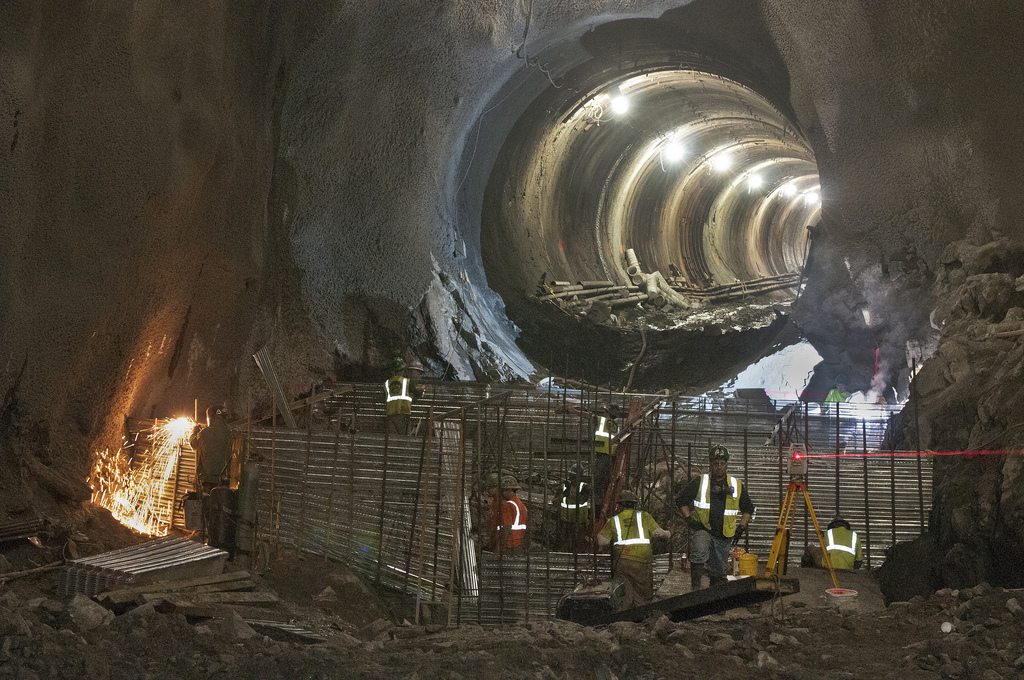
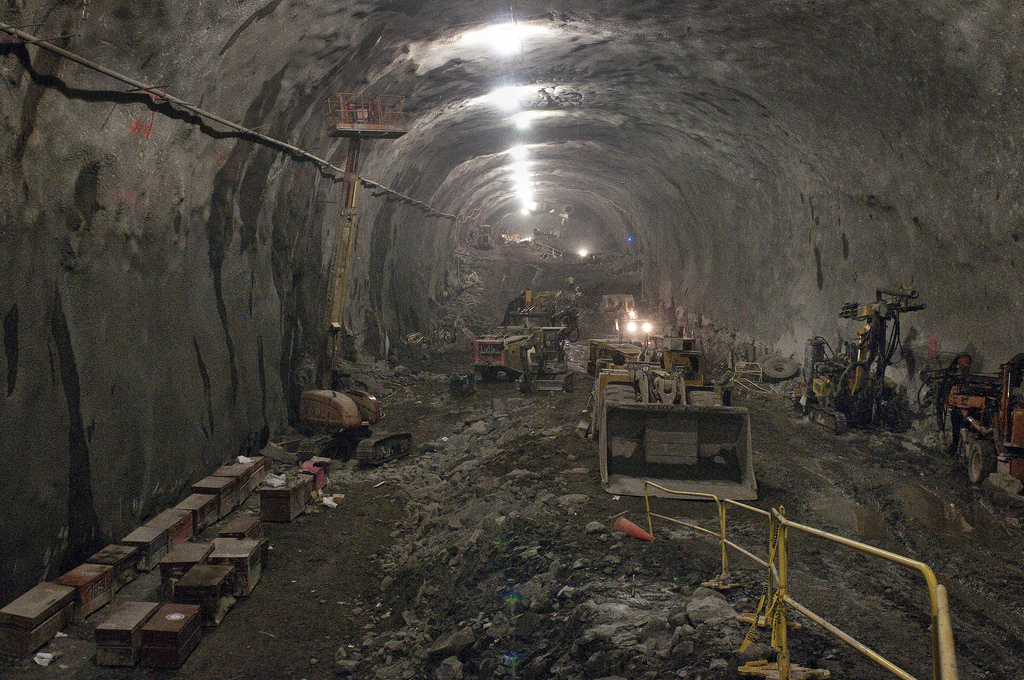
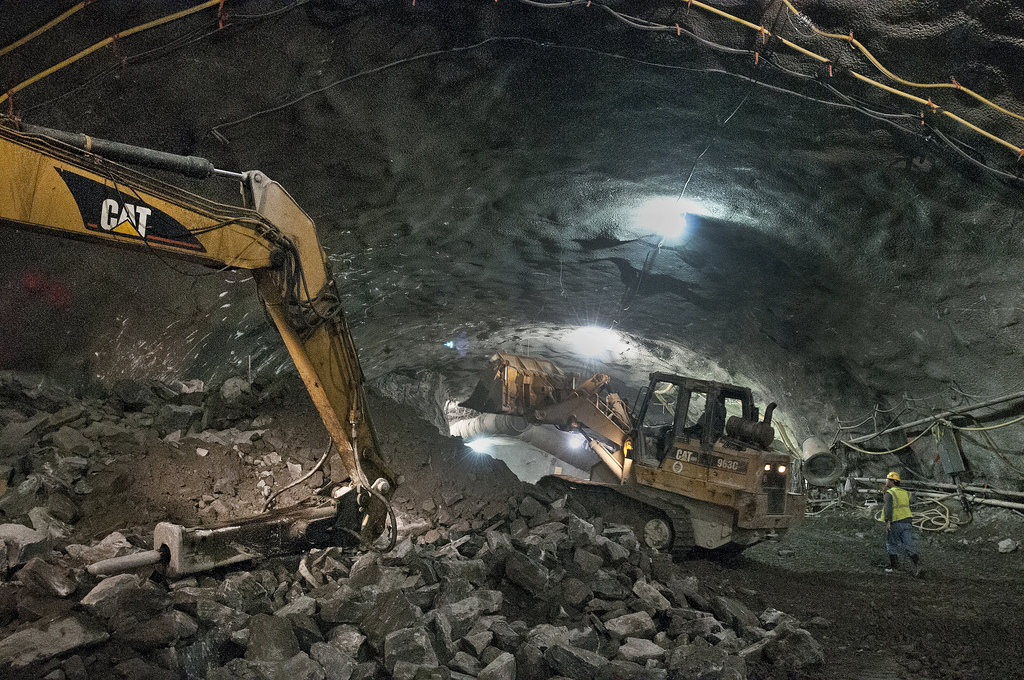
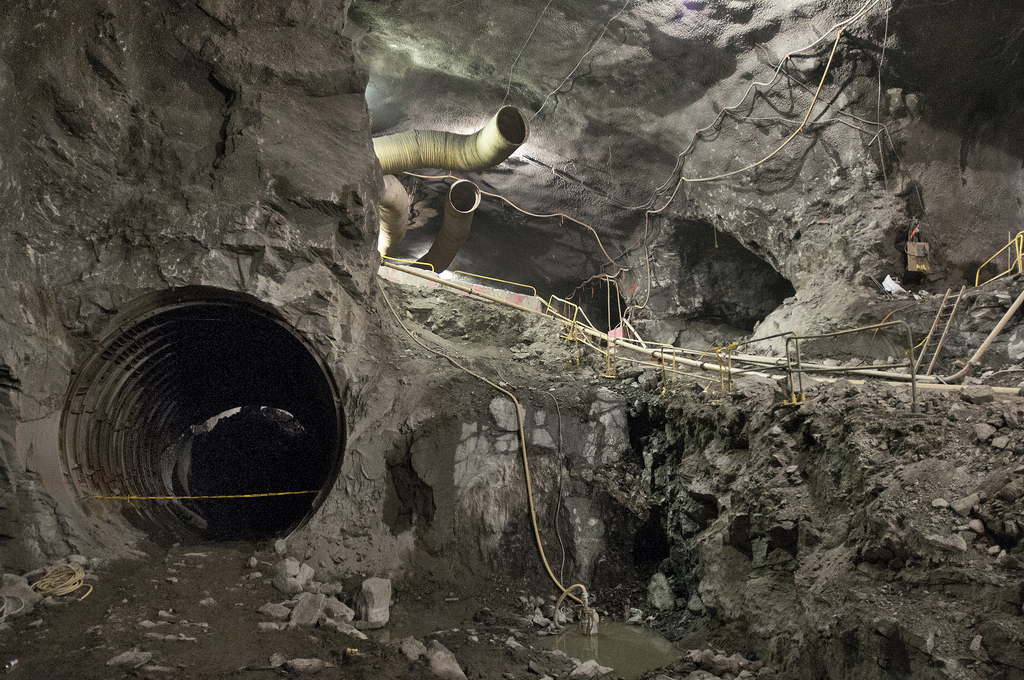
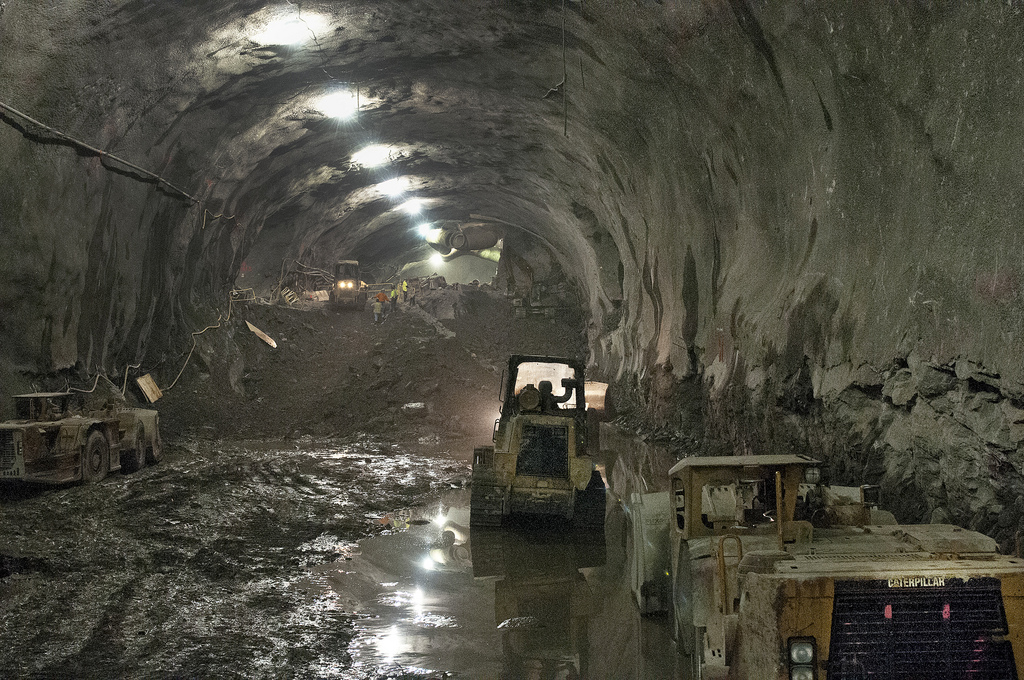
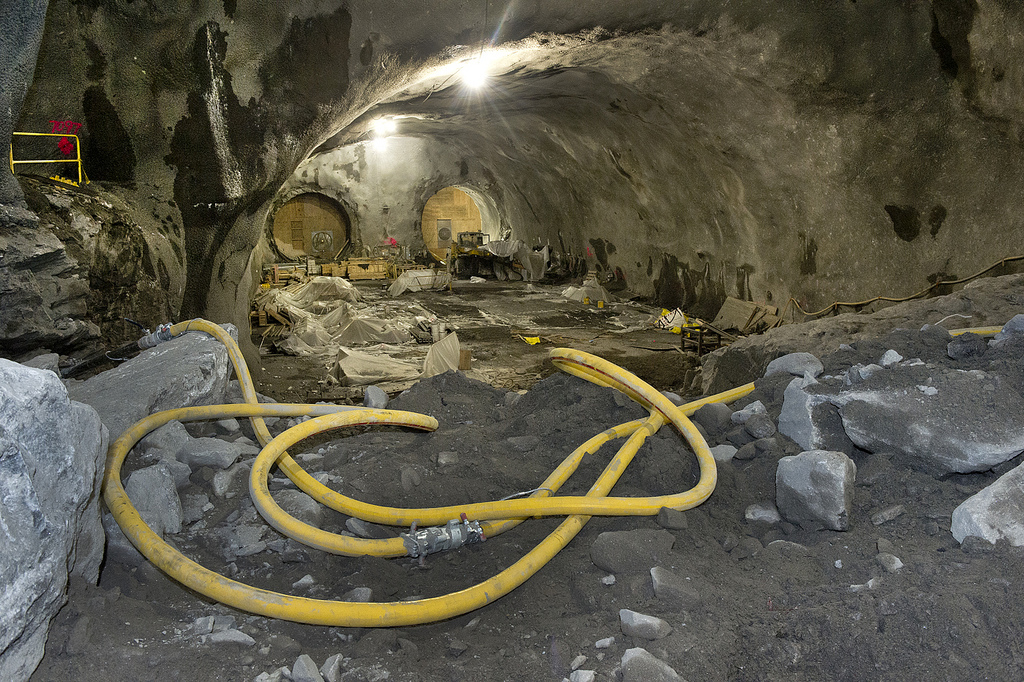
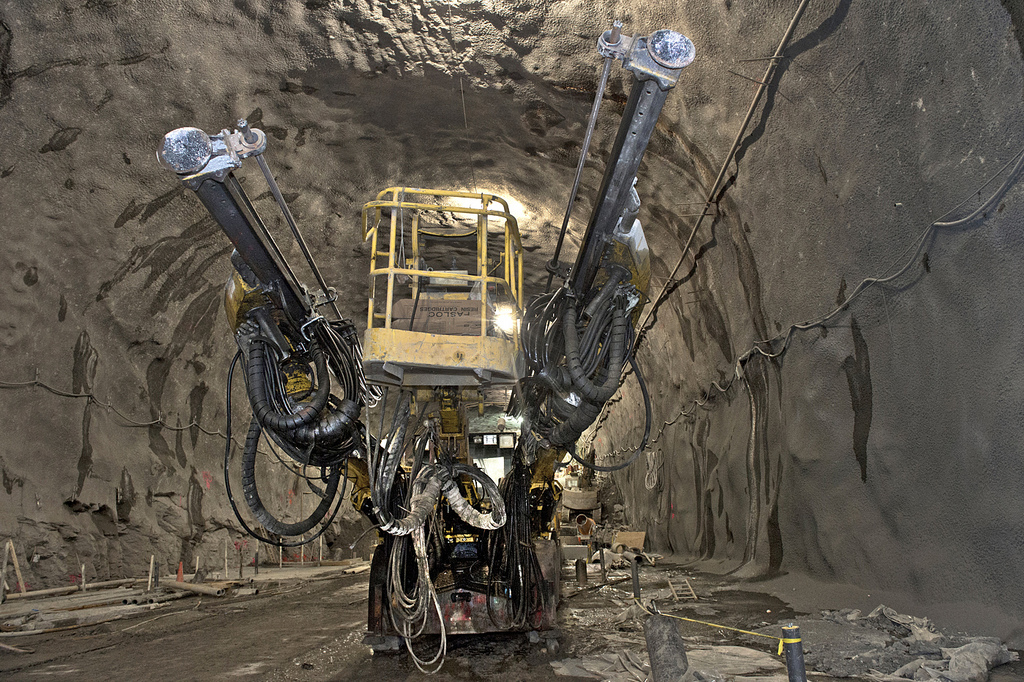
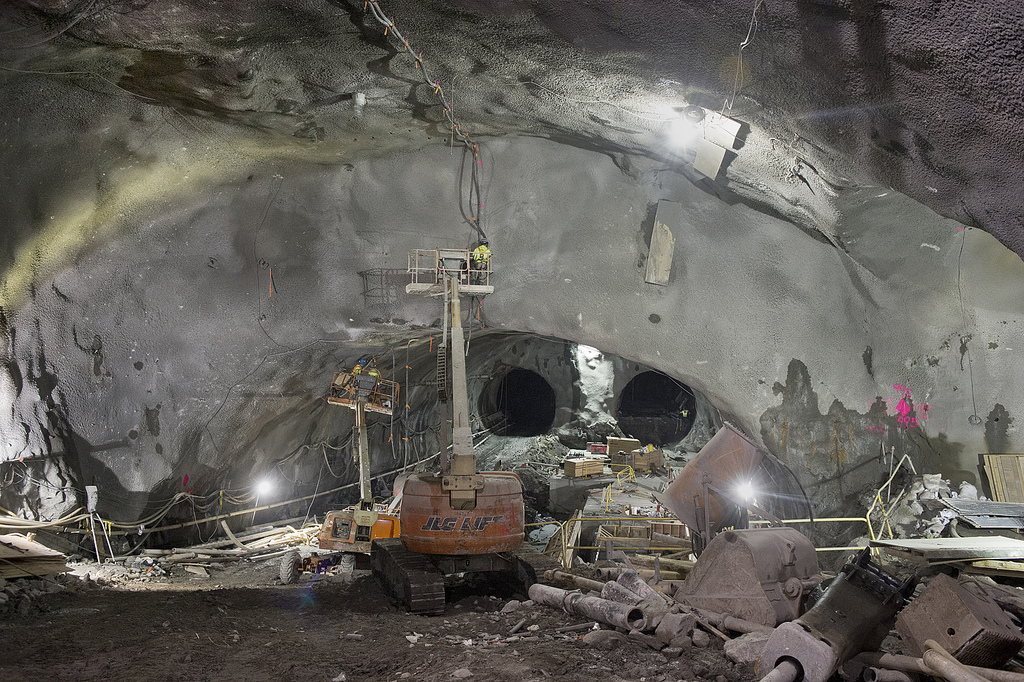
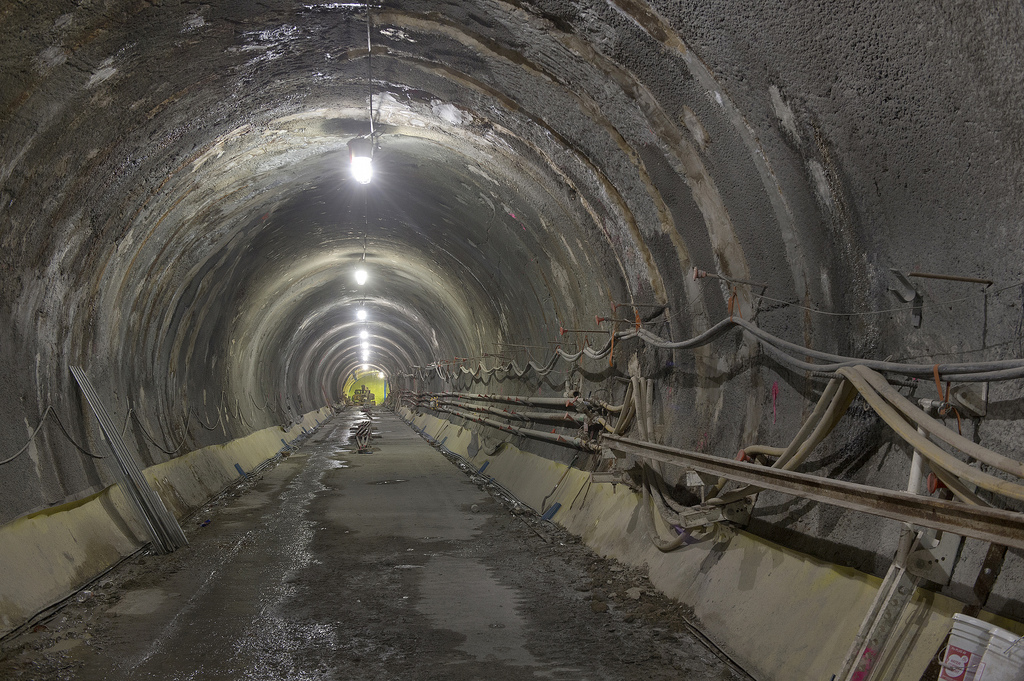
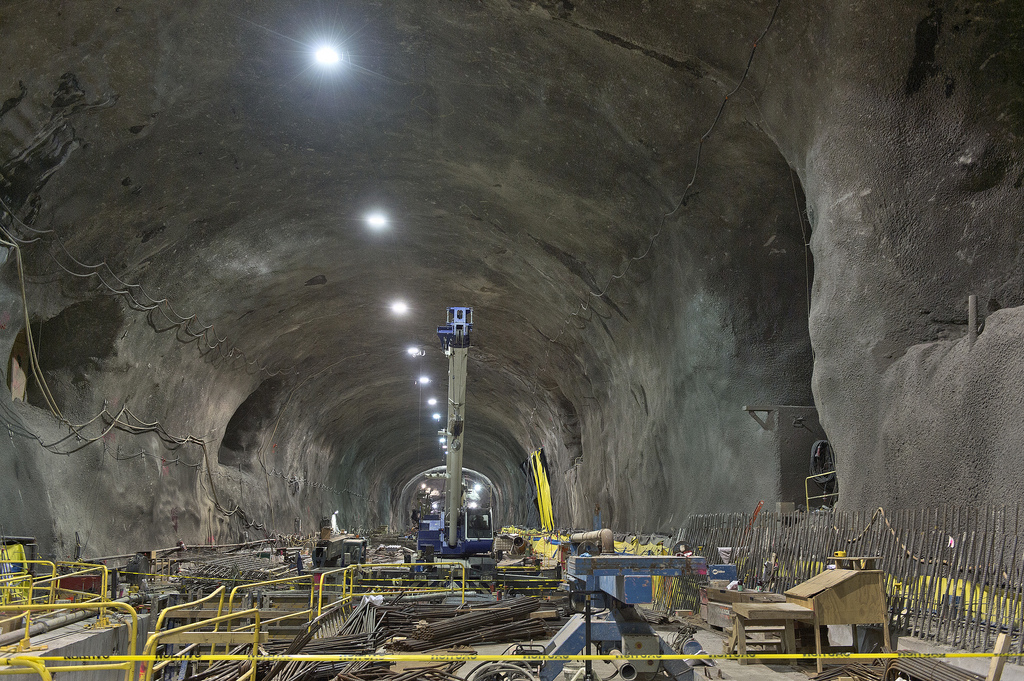
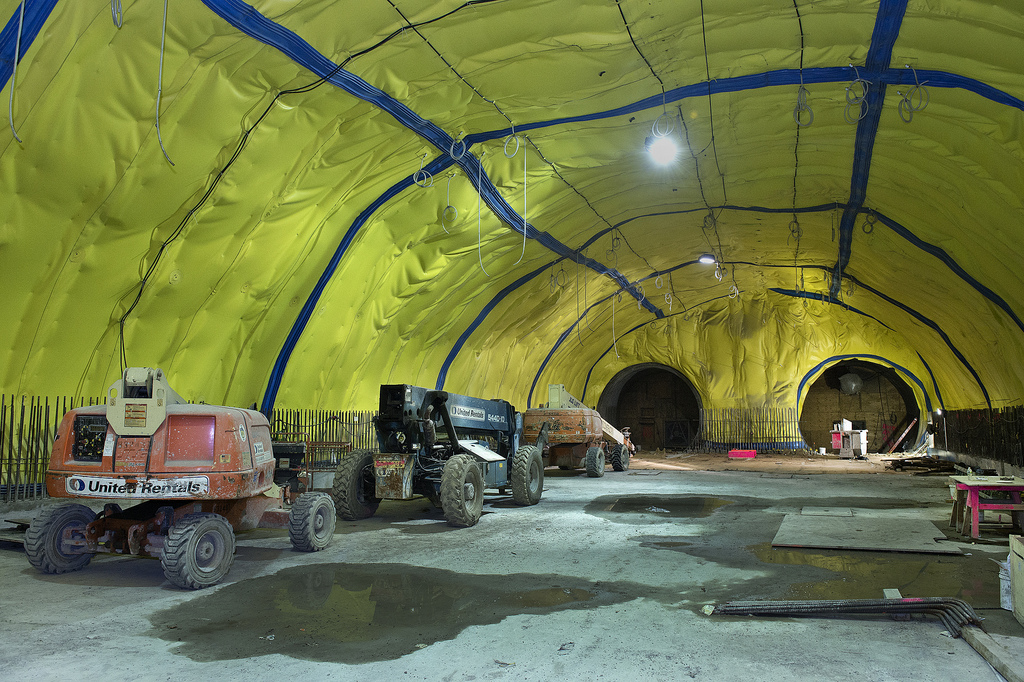
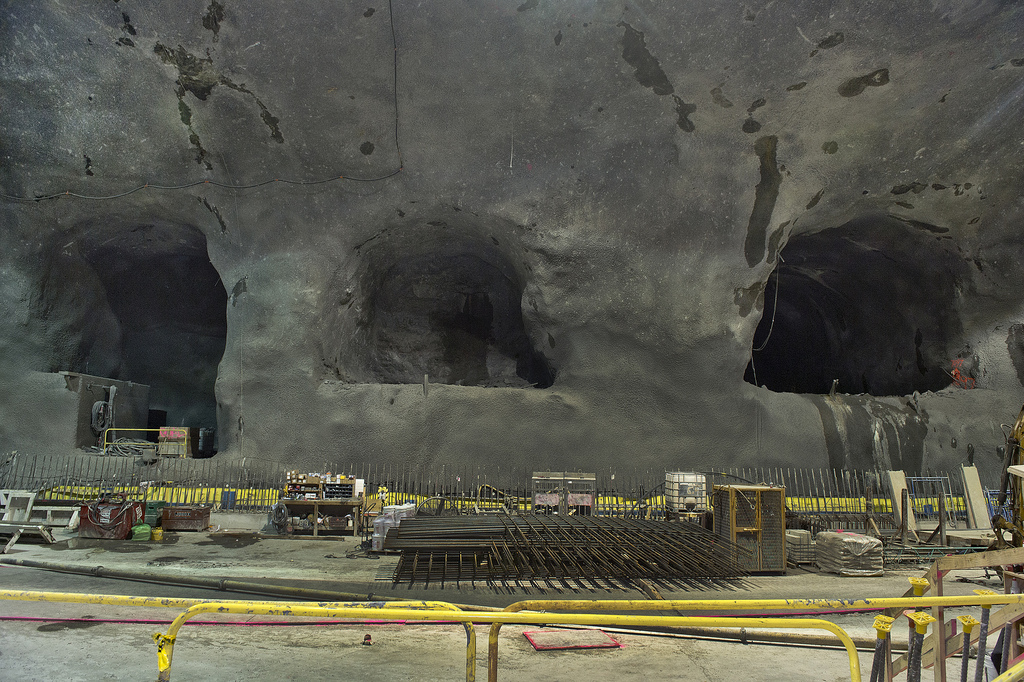
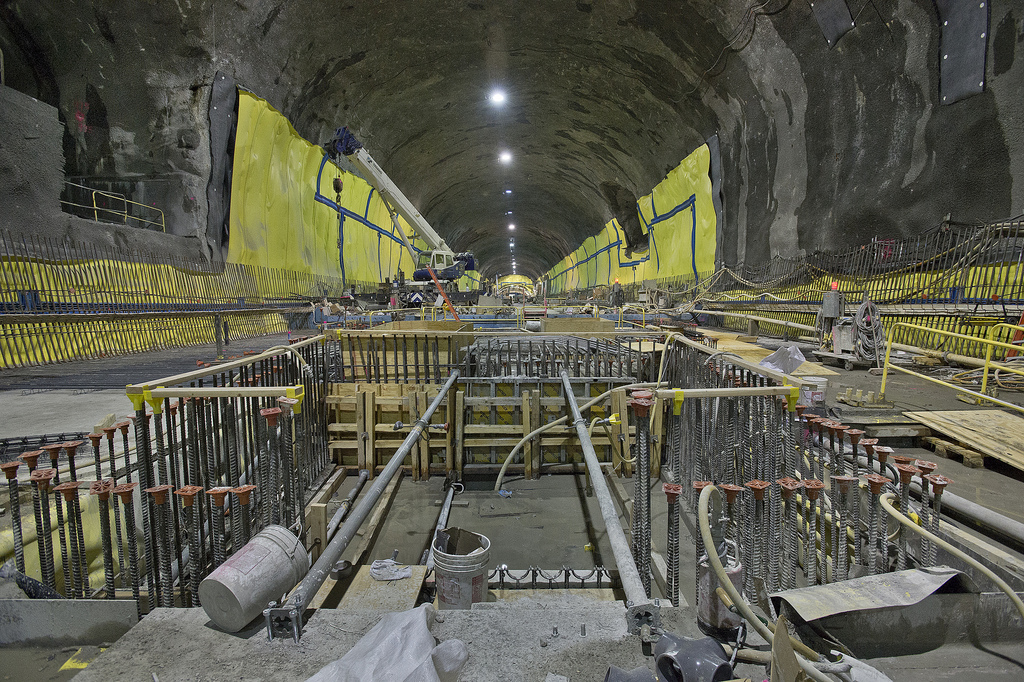
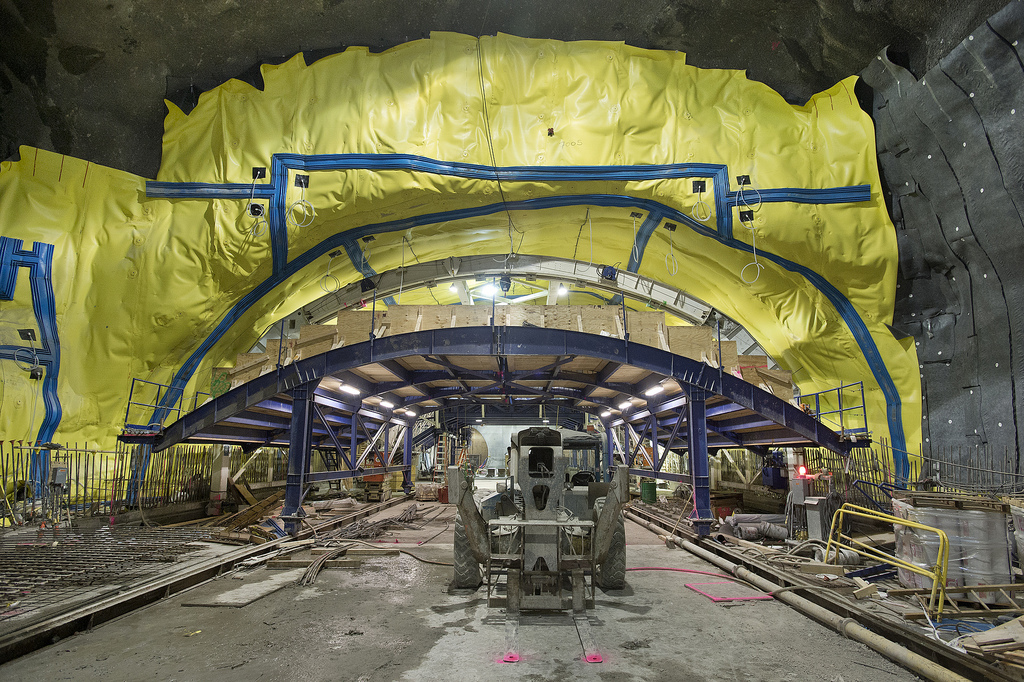
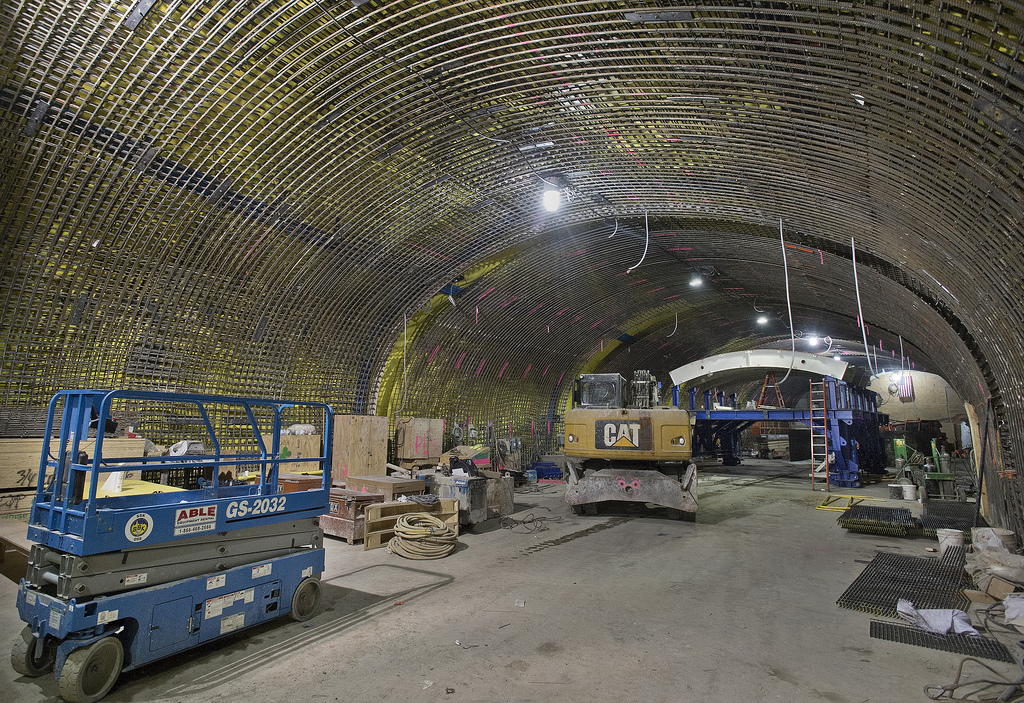
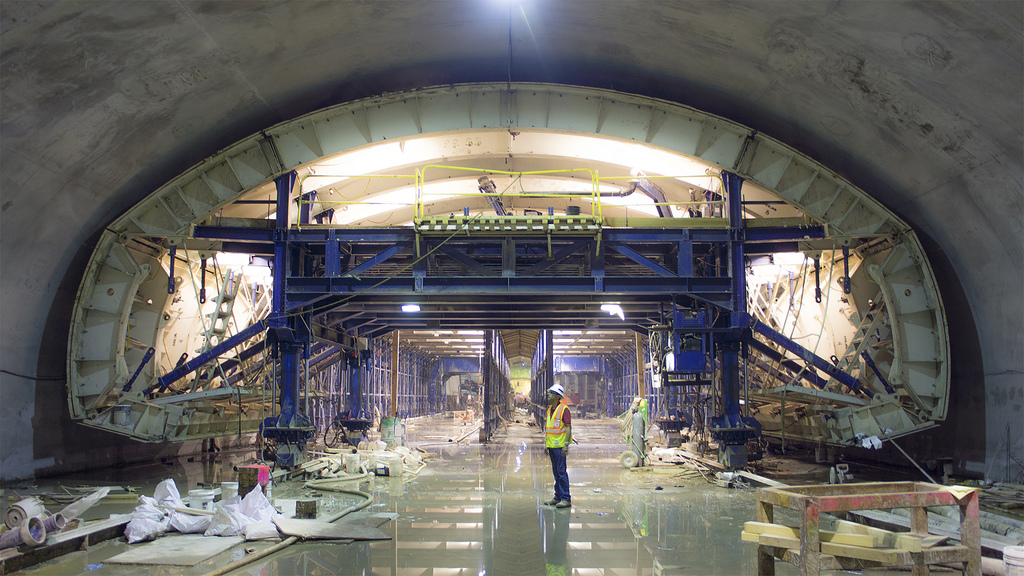
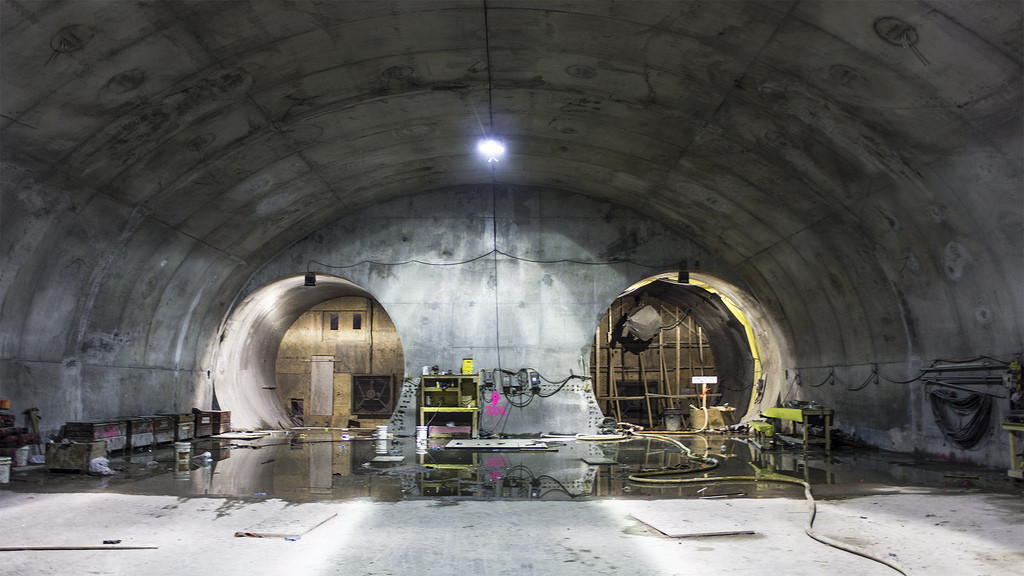


![[Aftermath of the bombing. photo courtesy Philly.com]](https://images.squarespace-cdn.com/content/v1/5161c548e4b0f29c92648982/1368565430094-R0CH4UOQ2CKDBJR9XDN3/osage.jpg)



